Hurricane Melissa: Jamaica’s Fiercest Storm in Two Centuries Ravages Southwest Coast
- by Editor.
- Oct 29, 2025

Credit: Freepik
Hurricane Melissa made landfall in Jamaica’s southwestern parish of St. Elizabeth near Black River on October 28 as a Category 5 storm, packing sustained winds of 185 mph and gusts reaching a record-breaking 241 mph, according to U.S. Air Force Hurricane Hunters.
The storm, the most powerful to strike the island since meteorological records began in the 1800s, has left widespread devastation in its wake.
Prime Minister Andrew Holness declared a national disaster on Tuesday, activating emergency funding and anti-price gouging measures. “This is the storm of the century,” Holness said, announcing a $33 million relief package and relaxed insurance protocols to support affected farmers and homeowners, particularly in Jamaica’s key agricultural zones.
Melissa’s slow movement intensified its impact, dumping up to 30 inches of rain and triggering catastrophic flooding across St. Elizabeth and neighboring Westmoreland. Entire communities were submerged, roads collapsed under landslides, and storm surges reached 13 feet in low-lying areas. Rescue teams worked through the night, pulling families—including one with four infants—from waist-deep waters.
Black River’s main hospital lost power and sustained structural damage, forcing emergency operations outdoors. Over 15,000 people sought refuge in shelters following mandatory evacuation orders for 28,000 residents. However, many ignored the warnings, citing past false alarms.
By Wednesday morning, no fatalities had been officially confirmed, though authorities warned the toll could rise as search operations expanded into remote highland areas. The storm weakened to a Category 3 as it moved toward eastern Cuba, sparing Jamaica’s northern regions but leaving the south in ruins.
In a bid to restore communications, SpaceX activated free Starlink satellite internet access for affected households through the end of November. The service has been instrumental in reconnecting blacked-out communities and enabling emergency calls for help.
Meanwhile, officials have been battling a surge of misinformation online, including AI-generated videos falsely depicting sharks swimming through flooded streets and surreal storm phenomena. Information Minister Daryl Vaz urged the public to rely on official sources: “Many videos are pure invention. Stick to us for the truth.”
Experts have linked Melissa’s unprecedented strength to rising sea surface temperatures in the Caribbean, a trend consistent with climate change projections. With an estimated 1.5 million Jamaicans directly exposed to the storm’s path, calls are growing for climate-resilient infrastructure and smarter rebuilding strategies.
International aid pledges have begun to arrive from the United States, United Kingdom, and CARICOM member states. Still, Prime Minister Holness emphasized national resilience: “We’ve endured before; we’ll rise again.”






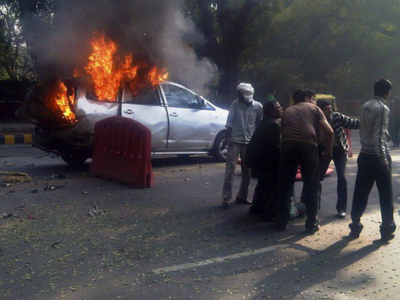

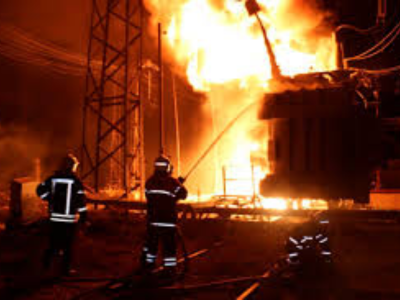
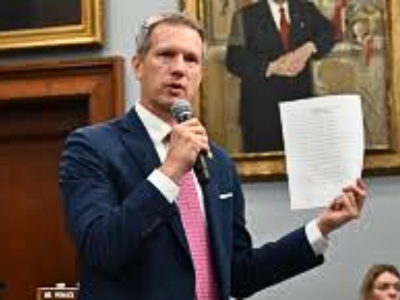

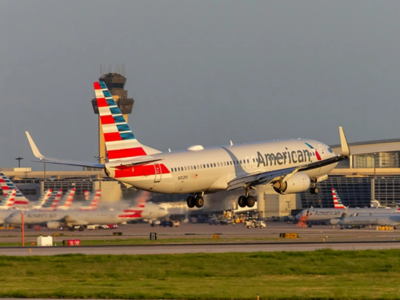
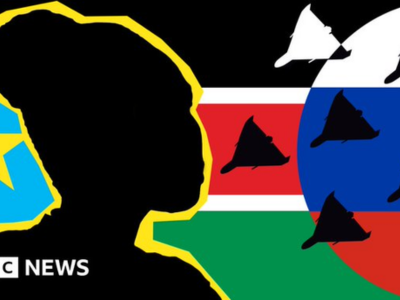
0 Comment(s)